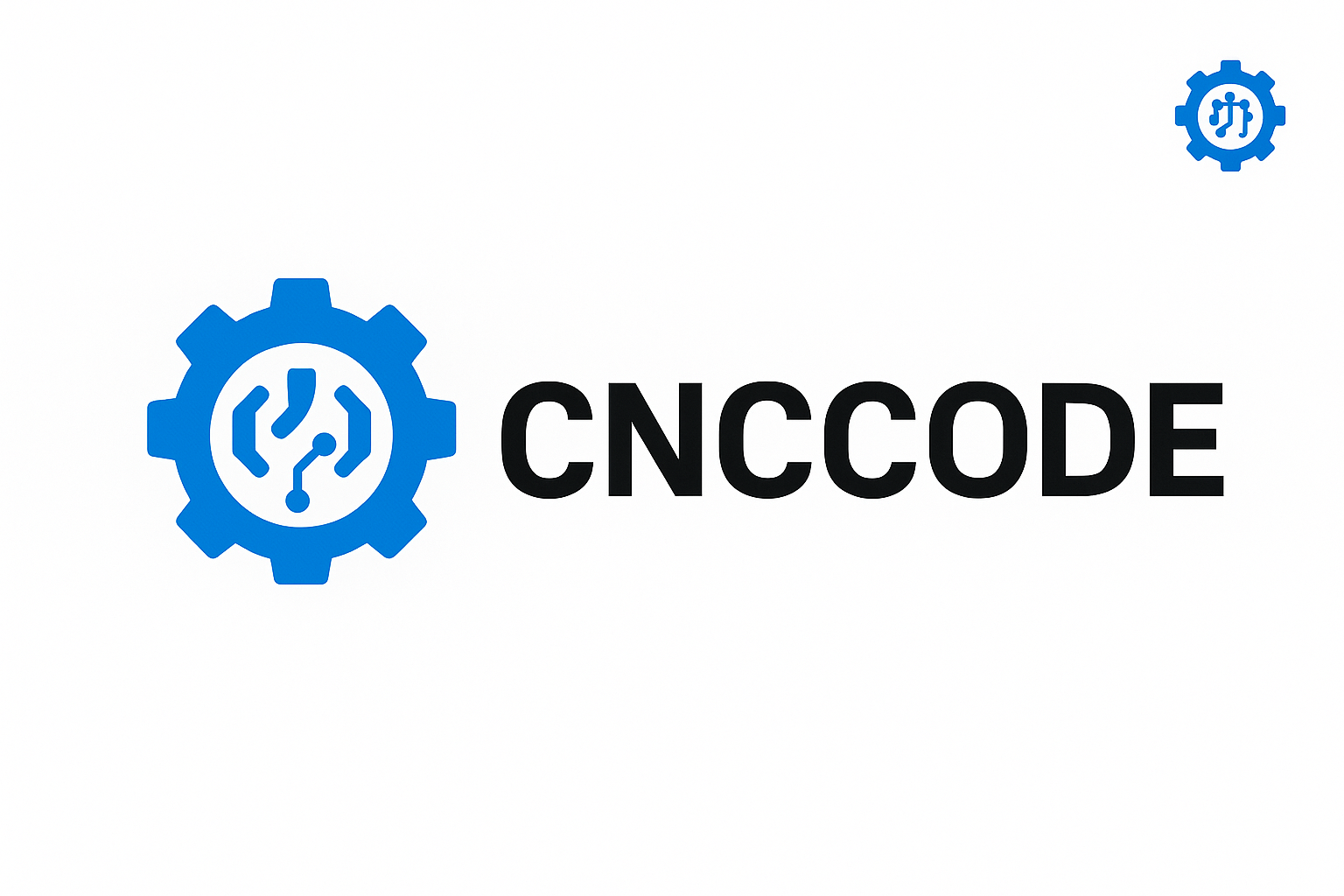There are many accessories and aftermarket upgrades that improve a CNC machine’s capabilities. Key additions to consider include:
-
Automatic tool setter: A touch probe or tool break detector quickly measures tool length and diameter. This eliminates manual measurements and ensures accurate Z-height and tool offsets, reducing setup errors and scrap.
-
Auto tool changer (ATC): For multi-tool jobs, an ATC significantly speeds production. Instead of manually stopping the job to swap cutters, the CNC changes tools automatically from a magazine. This upgrade is common on larger mills and useful for complex programs.
-
Spindle upgrades: Higher-quality spindles (with better bearings or higher RPM ranges) give finer surface finishes and handle harder materials. Liquid-cooled spindles run quieter and avoid overheating. Upgrading from a basic fixed-speed router to a variable-speed spindle with encoder feedback improves control and repeatability.
-
Dust collection and enclosure: A dust shoe or vacuum system keeps the workspace clean when cutting wood or plastics. An enclosure (safety cabinet) contains chips and coolant spray, protecting operators and improving safety. A clean, chip-free machine also maintains accuracy longer.
-
Precision linear rails and ball screws: Replacing lower-grade guide rails or lead screws with high-precision linear guides and ball screws can dramatically improve rigidity and reduce backlash. This upgrade yields better dimensional accuracy and smoother motion, especially on home-built routers.
-
Limit switches and homing sensors: Adding endstops or optical/inductive sensors lets the controller auto-home the axes at startup and catch over-travel before crashes. Reliable homing and limits make setups repeatable and protect the machine.
-
High-quality tooling and fixtures: Upgrading to premium cutting tools (carbide end mills, brad-point router bits) and using proper clamps or vises reduces vibration and improves cut quality. A zeroing plate or dedicated fixture block can expedite material setups.
By integrating the right accessories, CNC users can reduce setup time, improve safety, and achieve tighter tolerances. Even modest machines benefit from better tooling, feedback sensors, and fixturing – yielding faster production and more consistent parts.
